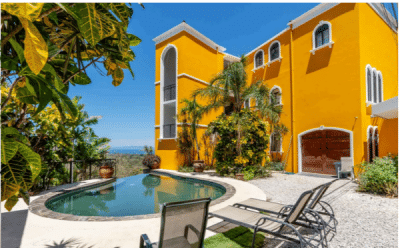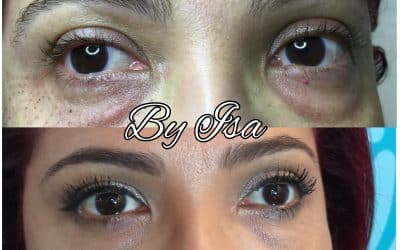You’ll hear it on the bus, in a shop, or shouted across a football pitch—“¡Mae, qué es esta vara?!” And if you’re scratching your head, don’t worry. You’re not lost—just not fluent in the fine art of Costa Rican slang. Chief among the tools of Tico expression is “mae” (rhymes with “my”), a word so versatile it could fill an entire dictionary. This little two-syllable wonder says everything and nothing at once. Let’s decode it, mae, and find out why it’s your gateway to sounding less like a textbook and more like a local.

What does “mae” mean in Costa Rica?
“Mae” is a slang word used to mean “dude,” “mate,” or just “person.”
It’s used by Costa Ricans—especially younger folks and men—to casually address friends, express frustration, tell stories, or add emphasis. It doesn’t have a direct English equivalent, but think of it as Costa Rica’s all-purpose social glue.
- Used like “dude” or “bro” – “Mae, did you see that surf today?”
- As a filler word – “Mae, I was walking, mae, and then—bam!”
- To get someone’s attention – “Mae, come here for a sec!”
- Not gender-specific anymore – Though it started male-heavy, lots of women say it too
Where did “mae” come from?
“Mae” evolved from “maje,” a word with colonial roots and a less-than-kind meaning.
Originally from El Salvador and Honduras, maje was a derogatory term meaning someone gullible or a fool. Costa Rica turned it on its head, morphing it into something casual and cool. Today, “mae” is practically a badge of cultural fluency, not to mention a conversation starter.
- From insult to endearment – “Maje” once meant fool, now “mae” means friend
- Locally adapted – Costa Ricans softened the sound and the meaning
- A mark of belonging – Using it signals you’re in the cultural loop
When do Ticos use “mae”?
Ticos use “mae” in informal, friendly conversation—often every few seconds!
The magic of mae is its rhythm. It’s not just what you say, it’s how often. Listen closely, and you’ll realise entire conversations can run on just three words: “Mae, diay, vara.”
- Casual chats – Friends talking on the street, in cafés, or surfing the lineup
- Emotional emphasis – Angry? Surprised? Confused? “¡Mae!” does the trick
- Storytelling tool – Keeps speech flowing, even when you’re thinking mid-sentence
Can visitors use “mae” without sounding ridiculous?
Yes, but timing and tone matter—don’t force it.
It’s tempting to jump in with a hearty “mae!” as soon as you land at Juan Santamaría Airport, but hold your horses. Let your ears learn the rhythm before your mouth joins in. Use it naturally and you’ll sound like you belong.
- Listen first – Eavesdrop with permission; learn the flow
- Start slow – Use “mae” with younger Ticos or when joking around
- Don’t overuse – There’s a fine line between local flair and linguistic karaoke
What other Costa Rican slang pairs with “mae”?
Costa Rican slang is full of colourful phrases that dance beautifully with “mae.”
If “mae” is the star, these expressions are the backup dancers. Master a few of these, and you’ll be having full-on “Tico talk” sessions in no time.
- Diay – A classic filler, like “well” or “so”. “Mae, diay, no sé.”
- Tuanis – Means cool or awesome. “¡Mae, qué tuanis está la playa!”
- Vara – Thing, stuff, nonsense. “No me digás esa vara, mae.”
- Qué jeta – That’s intense/shocking. “¡Mae, qué jeta lo que pasó!”
- Rajado – Extreme or unreal. “Mae, esa comida estaba rajada.”
Why does using “mae” help you connect?
Using “mae” makes you sound more relaxed, open, and in tune with Costa Rican life.
You don’t have to be fluent in Spanish to make a Tico smile. Just sprinkle in a well-placed mae and watch the walls come down. It’s not just about language—it’s about vibe.
- Builds trust – Locals see you’re making an effort
- Lightens the mood – Slang keeps conversations playful
- Bridges culture gaps – Helps you sound less like a tourist and more like a neighbour
FAQ: Talking Like a Tico
Is “mae” rude?
Not at all—unless you say it with a bad attitude. It’s informal but friendly.
Can older people use “mae”?
Sure, but they tend to do so less frequently. It’s more common among youth and middle-aged Ticos.
Is there a female version of “mae”?
No need—“mae” is gender-neutral these days. Women use it too.
Can I say “mae” in formal situations?
Best not to. Stick to greetings like “buenas” or “señor/señora” when things get official.
Is it okay to say “mae” with strangers?
Depends on context. If it’s a casual setting like a beach bar or surf spot, go for it.






